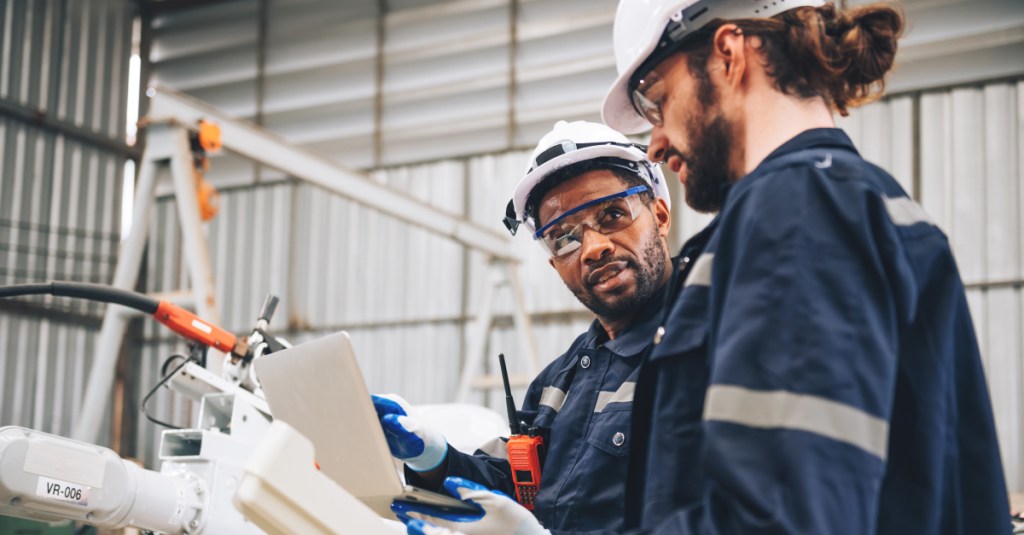We often see in news headlines that automation is a major threat to jobs and a potential enemy of our financial well-being. However, this narrative fails to acknowledge the value of automation in improving our lives. Automation is a major force behind many modern innovations and associated industries. Unfortunately, the connection between automation and innovation has received little attention in the media.
Often automation is presented as a means to reduce costs by replacing humans. If only viewed through this lens, then automation is merely an instrument to replace humans with machines, exacerbating employment prospects for many people. In many people’s minds, automation is all about “dumb” machines doing the same repetitive task monotonously. Innovation requires human ingenuity and creativity, so automation cannot be further away from being an enabler for innovation. This view is too myopic and prevents people from seeing the true value of automation in enabling innovations and growing new industries.
Automation’s biggest contribution comes through assisting humans in overcoming their inherent limitations in speed, strength, size, accuracy, consistency, and reaction time. Constraints associated with human capabilities ultimately limit what types of products can be realized with manual operations. Automation presents a solution to overcome these constraints. Once we think about automation from this perspective, we realize that automation can help us in creating products that have complex shapes and small feature sizes and require high accuracy.
Automation helps to create many innovative products that cannot be made using manual operations. Here are a few representative examples of innovations from the medical industry that were enabled by automation:
- Computer-Controlled Laser Machining: Computer-controlled lasers have revolutionized machining. The software automatically controls the laser and can create complex shapes on hard-to-machine metals in minutes. Stents have been credited with saving many lives, and they will not exist without computer-controlled laser machining to realize complex shapes with small features.
- 3D Printing: 3D printing epitomizes automation. A computer analyzes a 3D model of the desired part and generates instructions so a machine can automatically build it layer by layer. Shapes that cannot be produced by any means are easily using 3D printing. For example, customized hearing aids will not exist without automation. 3D printing is also enabling customized implants and prostheses.
- Automated Printed Circuit Board Assembly: Robots and motion control stages have revolutionized how printed circuit boards are assembled today. Automation enables printed circuit boards to utilize small components packed tightly in a confined space to create lightweight miniature electronics. The quality of life for diabetes patients significantly deteriorates without glucose meters. Modern glucose meters rely on lightweight miniature electronics to function. These products will only be possible with automation in manufacturing printed circuit board assemblies.
In summary, many innovative medical devices will cease to exist without the “helping hand” of automation.
Energy, space, and transportation sectors are expected to change and revolutionize our lives rapidly. Many of these advances result from innovations in materials and manufacturing. And solutions in these sectors will require deploying highly customized parts and structures. This leads to high-mix manufacturing. We must rely on something other than manual processing to scale the production of complex designs in these applications.
The advent of smart robotic cells enables the deployment of automation in high-mix manufacturing applications. Robots that use advanced sensors and are powered by AI do not require human programmers. They can program themselves from high-level tasks description and be useful in various high-mix manufacturing applications such as sanding, polishing, buffing, coating, sparking, and trimming. The use of smart robotic cells is expected to enable affordable customization and launch the next generation of products that will improve the quality of life for both workers in the manufacturing sector and users of the products. Examples include the sanding of blades and bodies for lightweight air taxis, the coating of panels for electric vehicles, and the trimming of blades for wind turbines. It is only possible to imagine the next-generation innovations in energy, space, and transportation sectors with factories using smart robotic cells.
Automated technologies and artificial intelligence provide great potential to re-engineer and improve core business processes. In many cases, those improved processes will operate in a completely different way, fully automated and autonomous, freeing up time previously taken by humans to perform redundant and repetitive activities. But the key to gaining an advantage from automation is turning that free time into time for innovation.
Some reports indicate automating with robots actually expands employment opportunities. . A combination of innovation and increased productivity can lead to higher demand, creating new job opportunities. These opportunities can be seen within the organization that uses robots as well in the value chain of the organization, particularly in organizations that provide services.
Automation will create challenges for the workforce, and we need to find a solution to address them by upskilling the workforce. However, we must acknowledge the value of automation in driving innovations and creating a better life for humanity.
Satyandra SK Gupta, Chief Scientist, and Co-Founder, GrayMatter Robotics

